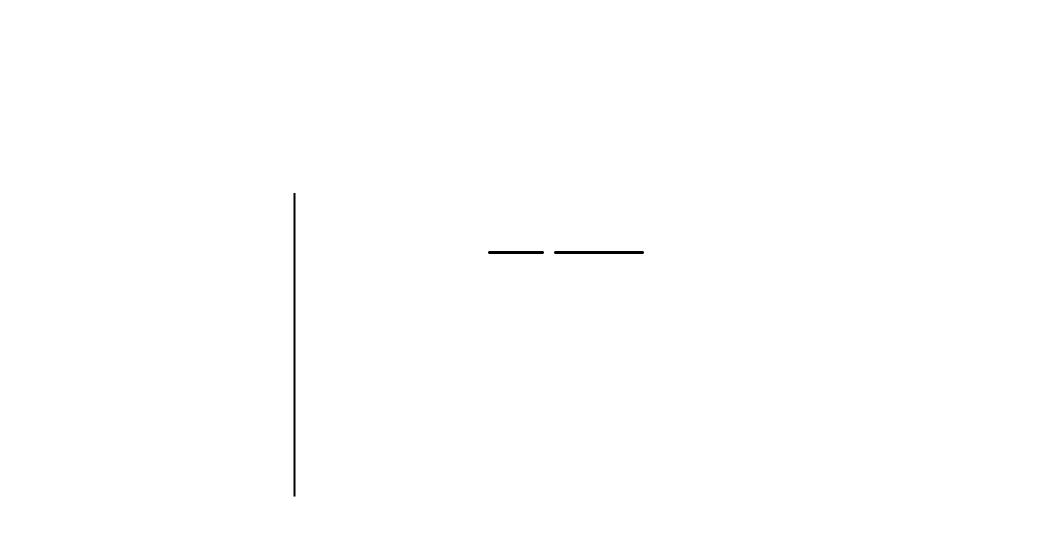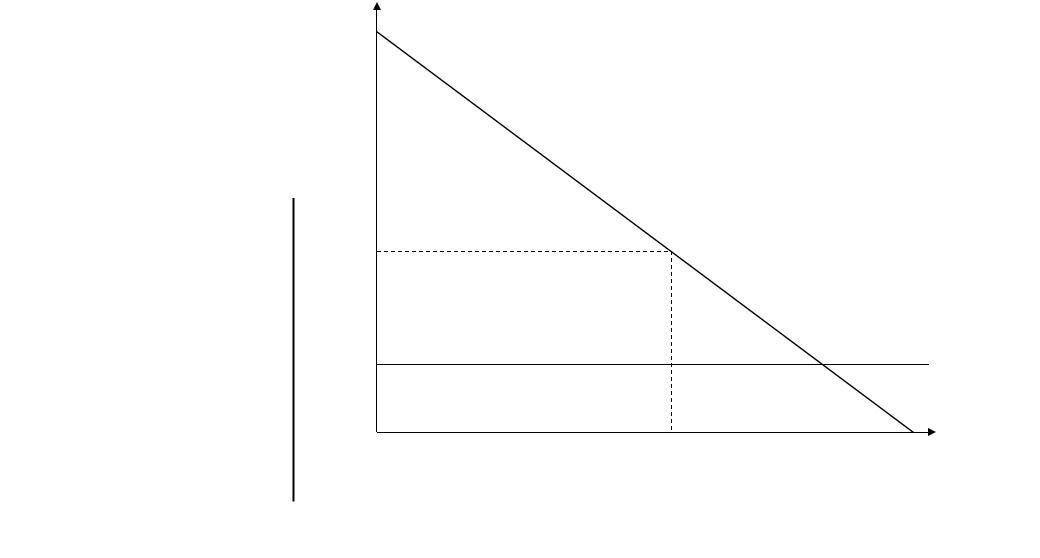
Public Choice In a Representative Democracy
.pdf
Andreas Freytag |
Public Choice |
1. Introduction |
VI. Bureaucracy |
2.Origins of the State
3.Public Choice in a Direct
Democracy
4.Public Choice in a Representative Democracy
5.Application of Political
Economy Models
6.Normative Public
Choice
© Freytag 2013 |
|
61 |
|
|
|

Andreas Freytag
1.Introduction
2.Origins of the State
3.Public Choice in a Direct
Democracy
4.Public Choice in a Representative Democracy
5.Application of Political
Economy Models
6.Normative Public
Choice
Public Choice
The bureaucracy is a part of the supply side of the political market.
The term bureaucracy has a negative connotation – the static and conformist bureaucrat is seen as the antipode to the dynamic entrepreneur. We use the term without this connotation, as we want to explain the bureaus’ performance with rational behaviour and do not want to judge them morally.
a) Budget maximization
Bureaus are budget maximisers, as income is fixed.
Bureaucrats pursue power; a basic foundation of power is superior information PAP.
© Freytag 2013 |
62 |

Andreas Freytag
1.Introduction
2.Origins of the State
3.Public Choice in a Direct
Democracy
4.Public Choice in a Representative Democracy
5.Application of Political
Economy Models
6.Normative Public
Choice
Public Choice
The output of bureaus has a non-market nature. The buyer cannot observe the quality, as market prices do not exist.
In addition, there is a bilateral monopoly between bureau and sponsor (government).
Output is too large and probably not efficiently produced.
Instead of the optimal output of the benefit maximising sponsor satisfying B’ (Q) = C’ (Q), the bureau’s output is too large satisfying B (Q) = C (Q).
At this point social surplus is zero (E = F).
© Freytag 2013 |
63 |

Andreas Freytag
1.Introduction
2.Origins of the State
3.Public Choice in a Direct
Democracy
4.Public Choice in a Representative Democracy
5.Application of Political
Economy Models
6.Normative Public
Choice
Public Choice
The basic model: budget maximising bureaucrats
(1) |
' ' < 0 |
(2) |
' ' > 0 |
(3) |
− C ( Q )) |
(4)
(5)
(6)
© Freytag 2013 |
64 |

Andreas Freytag
1.Introduction
2.Origins of the State
3.Public Choice in a Direct
Democracy
4.Public Choice in a Representative Democracy
5.Application of Political
Economy Models
6.Normative Public
Choice
Public Choice
Figure 4.10: The oversupply of a bureau‘s output
B‘, C‘
C‘
E
F
B‘
B‘s
Q0 |
Q* |
Qs |
Q |
© Freytag 2013 |
65 |

Andreas Freytag
1.Introduction
2.Origins of the State
3.Public Choice in a Direct
Democracy
4.Public Choice in a Representative Democracy
5.Application of Political
Economy Models
6.Normative Public
Choice
Public Choice
Extensions of the model: alternative institutional assumptions.
(7)
(8) |
= 0 |
(9)
(10)
(11) |
|
|
|
π ' |
|
|
|||
|
|
|
|
© Freytag 2013 |
66 |

Andreas Freytag
1.Introduction
2.Origins of the State
3.Public Choice in a Direct
Democracy
4.Public Choice in a Representative Democracy
5.Application of Political
Economy Models
6.Normative Public
Choice
Public Choice
Figure 4.11: Options for a price setting bureau
P
η>1
PH |
C‘H |
η=1
P1
η<1
C‘L
Q
Q1
© Freytag 2013 |
67 |

Andreas Freytag
1.Introduction
2.Origins of the State
3.Public Choice in a Direct
Democracy
4.Public Choice in a Representative Democracy
5.Application of Political
Economy Models
6.Normative Public
Choice
Public Choice
Alternative behavioural assumptions
So far, we assumed excessive but efficient supply of the public good. It may also be possible that the bureaucrats have additional objectives, e.g. the increase of personnel, the size of the office space etc.
c) Slack maximization
X-inefficiency or bureaucratic slack slack-maximising bureaus
It is difficult to measure efficiency of bureaus data envelopment analysis to calculate the efficiency frontier and compare it with the actual outcome.
In Figure 4.15, the distance between BE’ (the efficiency frontier) and BS’ the actual outcome would be the result.
© Freytag 2013 |
68 |

Andreas Freytag
1.Introduction
2.Origins of the State
3.Public Choice in a Direct
Democracy
4.Public Choice in a Representative Democracy
5.Application of Political
Economy Models
6.Normative Public
Choice
© Freytag 2013
Y B
E‘
S‘
Z‘
Public Choice
Figure 4.12: The output choice of a slack-maximizing bureau
E
0
Umax
S
|
Z |
Umin |
|
|
Q |
QS |
QZ |
B |
|
|
69 |

Andreas Freytag
1.Introduction
2.Origins of the State
3.Public Choice in a Direct
Democracy
4.Public Choice in a Representative Democracy
5.Application of Political
Economy Models
6.Normative Public
Choice
Public Choice
Empirical evidence:
Whether or not bureaucrats are able to maximise their own objectives, depends among others on the discretionary leeway they have agenda setter or not?
d) The power of the agenda setter
If they are agenda setter, they may force the sponsor to approve a much higher than optimal budget.
Oregon school budget referendum process:
By offering two alternatives below and above the maximal utility of the median voter, the school bureaucracy managed to receive a higher budget than in the median voter’s optimal position (Figure 4.16).
|
Comparison between privately and publicly provided |
|
© Freytag 2013 |
services (Mueller 2003, pp. 373-380). |
70 |
